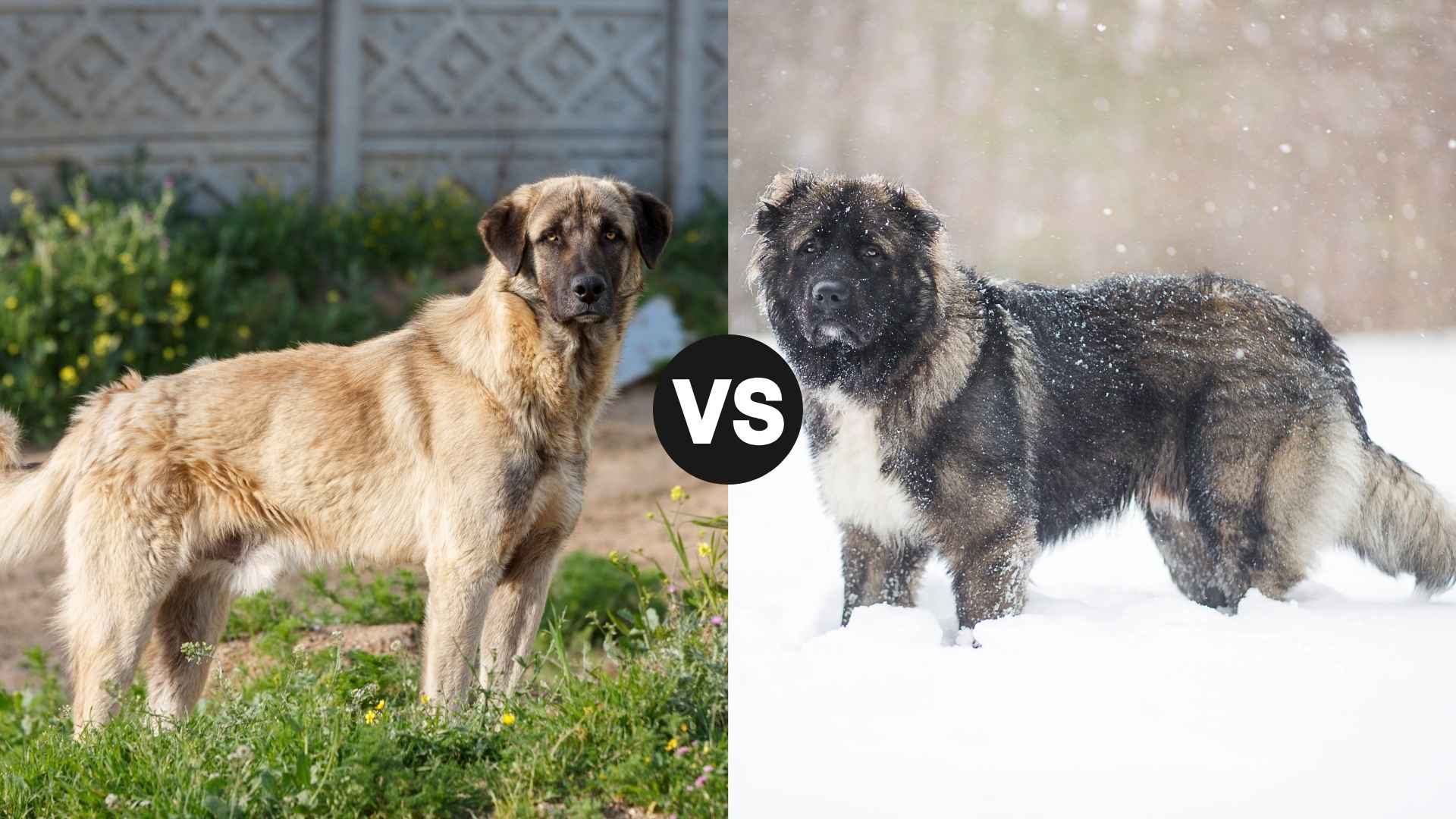You see a massive dog and think, “Wow, that’s a protector.” But raw size means nothing without the heart behind it. True guardians are strong, smart, aware, and loyal in ways most can’t imagine.
These dogs don’t wag at strangers. They don’t roll over for pats. They decide who belongs and who doesn’t. And once they bond with you? You’ve got a shield for life. But this kind of dog isn’t for everyone.
They challenge you, they demand your respect, and they don’t always obey. This is a partnership, not ownership. And that’s why people often struggle to choose the right one. Two of the strongest guardian breeds on Earth may look similar, but they live very differently.
One may fit your world perfectly. The other might not. So let’s walk through it, side by side: the Anatolian Shepherd vs the Caucasian Ovcharka. The truth starts here.
Anatolian Shepherd vs. Caucasian Ovcharka
Size and Weight Differences
Anatolian Shepherd: Built for endurance
This dog breed carries a tall, lean frame that’s designed for covering rough terrain. Males generally weigh 110–150 pounds, while females average between 80–120 pounds. Their height often ranges from 27 to 29 inches at the shoulder.
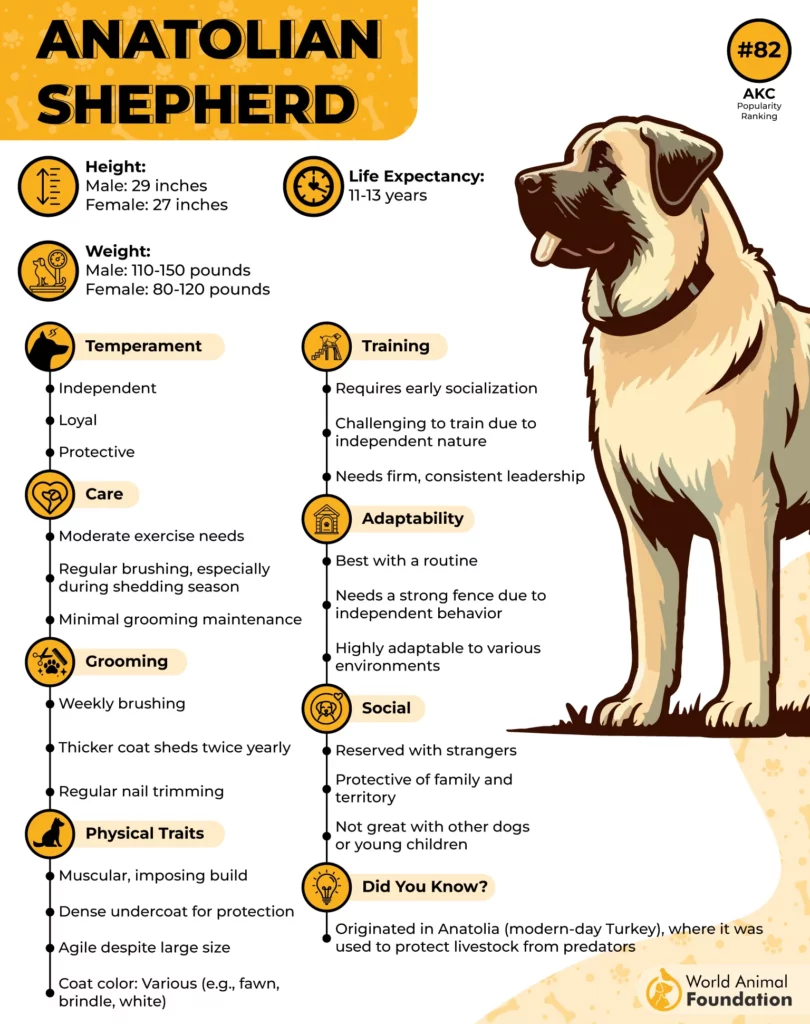
Caucasian Ovcharka: Dense and massive
This is a large dog with an imposing presence and serious bulk. Males usually weigh 120–170 pounds, and females fall between 100–140 pounds. Their height ranges from 25 to 30 inches, but it’s the muscle and coat that add to their size.
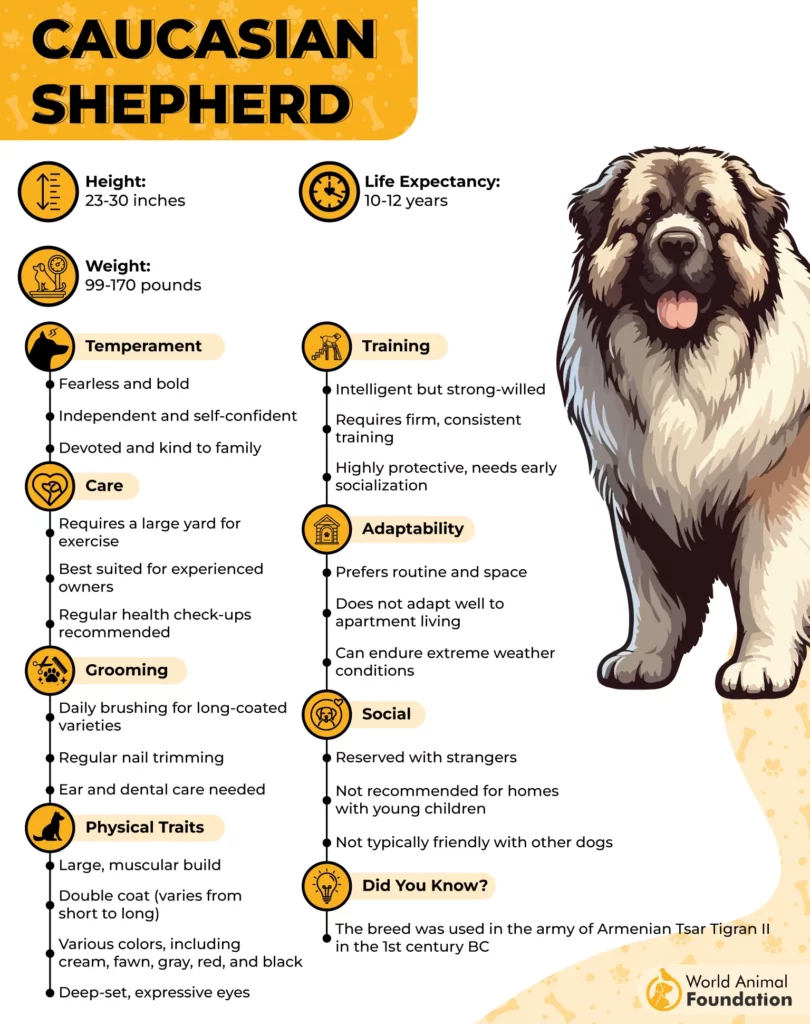
Weight alone doesn’t tell the full story
The Caucasian’s heavy bone structure and dense fur make them appear even larger than they measure. Anatolians have a tighter frame, shaped by generations of active guarding in open land. Both breeds dominate in size, but in very different ways.
Choosing the right fit for your space
Size should be considered when deciding on the right dog for your environment and experience level. The Anatolian’s agility suits wide, open areas with movement. The Caucasian needs structure and space, but less physical intensity day to day.
Temperament and Personality Traits
Calm strategist vs bold enforcer
The Anatolian Shepherd is watchful and measured—more of a quiet strategist than an enforcer. The Caucasian Ovcharka (aka Caucasian Shepherd), on the other hand, meets confrontation head-on with visible intensity. While both are confident, Ovcharkas display a more dominant, physical presence.

Detached loyalty vs territorial devotion
Anatolians tend to be emotionally detached but still fiercely loyal, stepping in only when necessary. The Caucasian breed is deeply territorial and emotionally reactive when it comes to perceived threats, as mentioned in the Continental Kennel Club. Around other dogs, Ovcharkas are more likely to initiate assertive control.
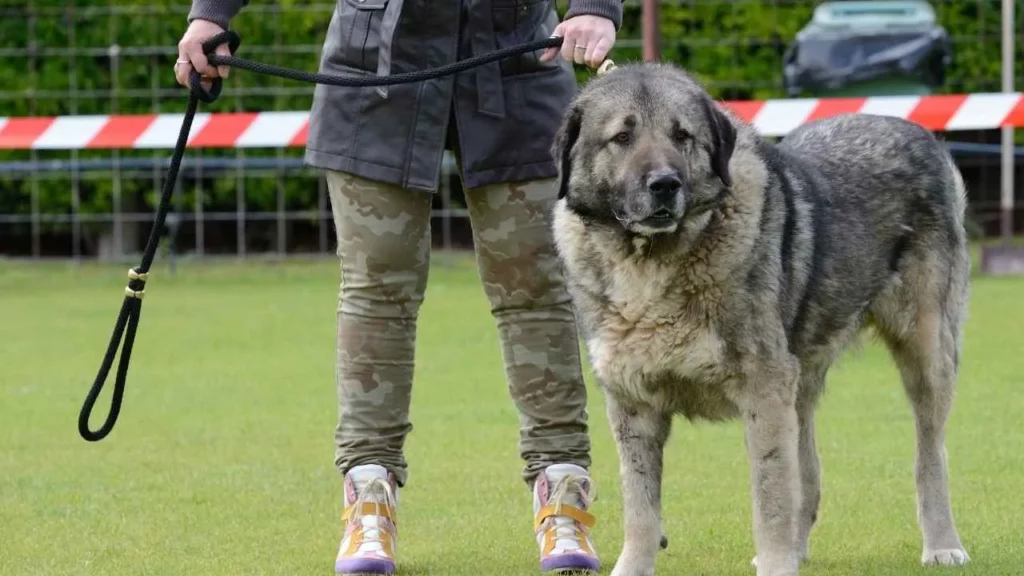
Alert restraint vs raw deterrence
With an Anatolian, you’ll see silent alertness. It watches and waits before responding. The Ovcharka doesn’t rely on subtlety; its very stance serves as a raw deterrent. Their bite force may be comparable, but the Ovcharka is more likely to use it as a warning.
Composure vs confrontation under pressure
Anatolians tolerate different living environments better due to their adaptability and patience, as stated in Chewy. Ovcharkas, however, require more control and management when placed outside their familiar territory. As protective dogs, both excel—but in temperament, their methods couldn’t be more different.
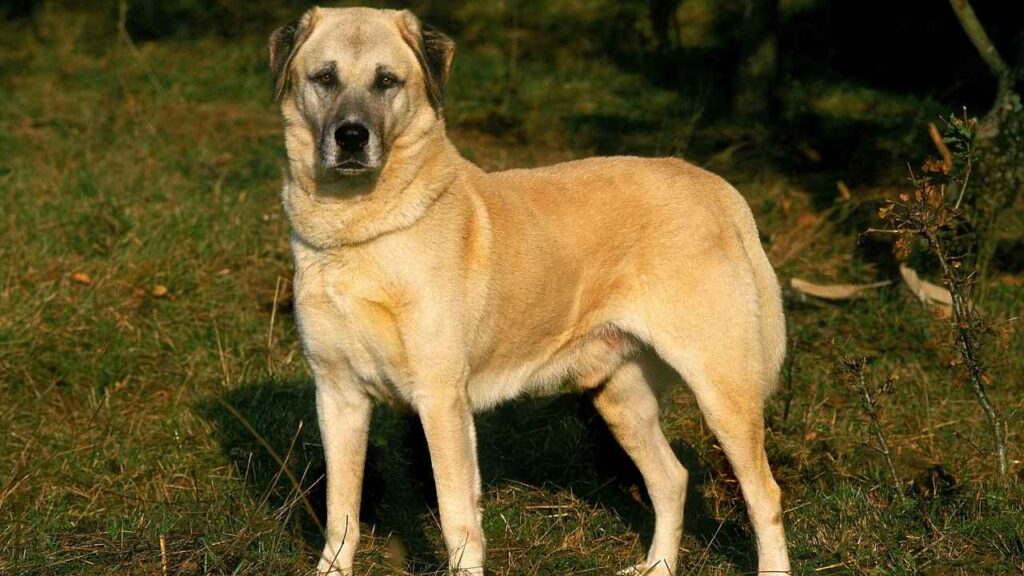
Trainability and Intelligence
Purpose-driven but self-willed
The Anatolian Shepherd is intelligent in a practical, survival-based way, it doesn’t perform for praise. It evaluates commands rather than obeying blindly, which can test the patience of any owner. Their learning is often purpose-linked, tied to real-world outcomes, not routine repetition.
Assertive mind, low repetition tolerance
Caucasian Ovcharkas are not slow learners; they just learn differently. Their sharp memory retains what’s necessary, but their response depends on whether they see the trainer as an authority. Repetition can trigger resistance, especially if the commands don’t match their logic.
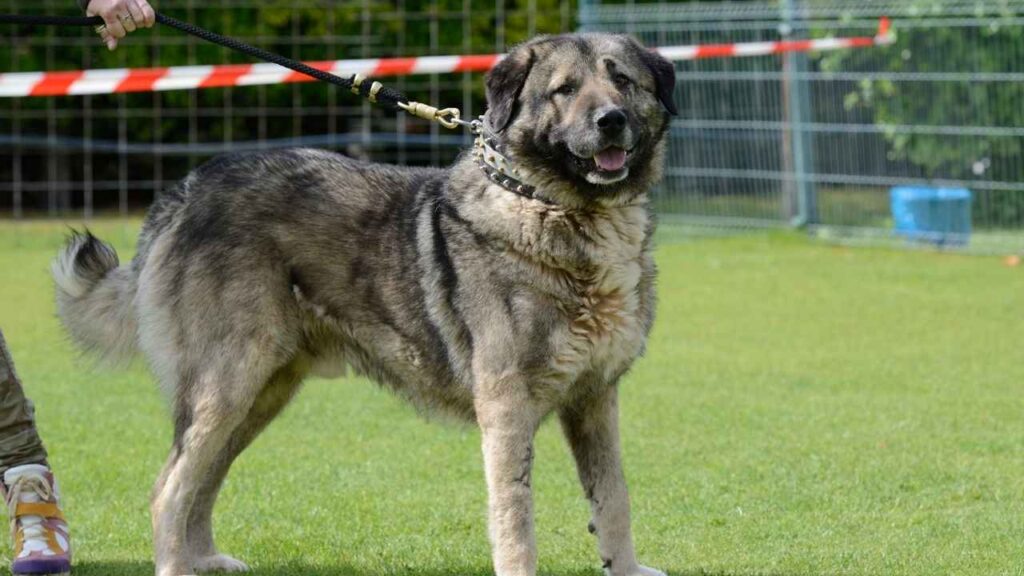
Requires structured consistency
For Anatolians, consistent training from a calm, assertive owner builds cooperation over time. They need boundaries, but not force; they respond best to leadership that’s confident but not reactive. Early trust-building helps reduce pushback as they mature.
Dominance-based resistance in learning
The Caucasian Ovcharka often challenges its owner before submitting to structure, as AKC highlighted. Training sessions must be short, firm, and focused to avoid mental shutdown. Around other animals, their assertive instincts can interfere with obedience unless managed early on.
Energy Levels and Exercise Needs
Steady endurance over bursts
Anatolian Shepherds don’t waste energy—every movement is calculated. Their stamina is built for endurance, not agility, which makes them excellent for long walks or open-field supervision. They require around 1 to 2 hours of daily activity, ideally broken into purposeful segments.
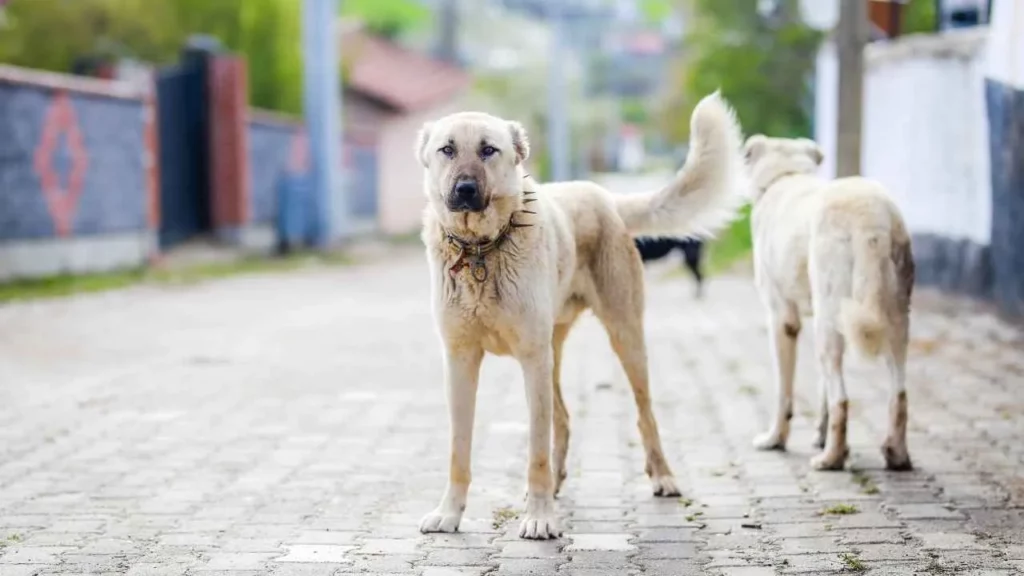
No rush, no nonsense
This breed doesn’t enjoy random games or chaotic sprints. They prefer walking alongside their person or patrolling a property. Consistency matters more than intensity—mental engagement during movement is what keeps them balanced and content.
Reserved power, not laziness
Caucasian Ovcharkas have lower day-to-day energy needs but store power in reserve when necessary. They won’t pace or fidget, but if they sense a threat, they can spring into full action. Their daily exercise routine can be moderate, usually 30 to 60 minutes.
Structure over spontaneity
These dogs don’t crave frequent outings, they need structured movement to maintain their physical and mental health. A short walk and time outdoors in a secure yard often suffice. Pushing them beyond their natural rhythm tends to create resistance, not fitness.
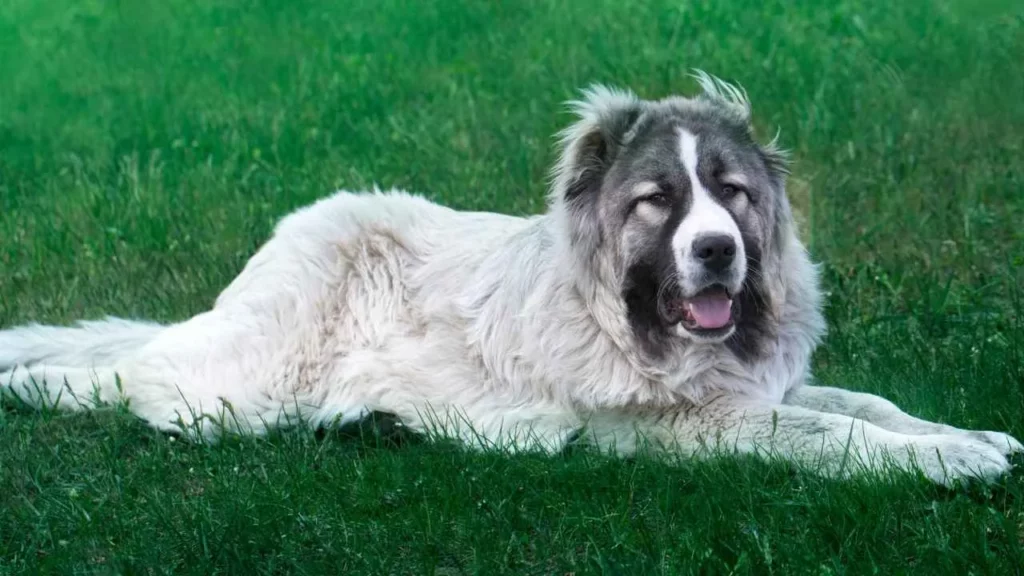
Playfulness and Activity Preferences
Purpose before play
The Anatolian Shepherd doesn’t enjoy typical games, especially those most prospective owners expect from an average dog. Tug-of-war, ball chasing, or silly tricks rarely hold their interest. Instead, it prefers activities with a clear purpose—long walks, territory patrol, or light agility work with direction.
Quiet movement, not chaos
Its version of play is subtle—watching birds, stalking a scent, or trailing a family member at a steady pace. It’s not antisocial, just self-directed. Unless you’re offering a job-like task, it’ll usually skip chaotic group play with dogs or humans altogether.
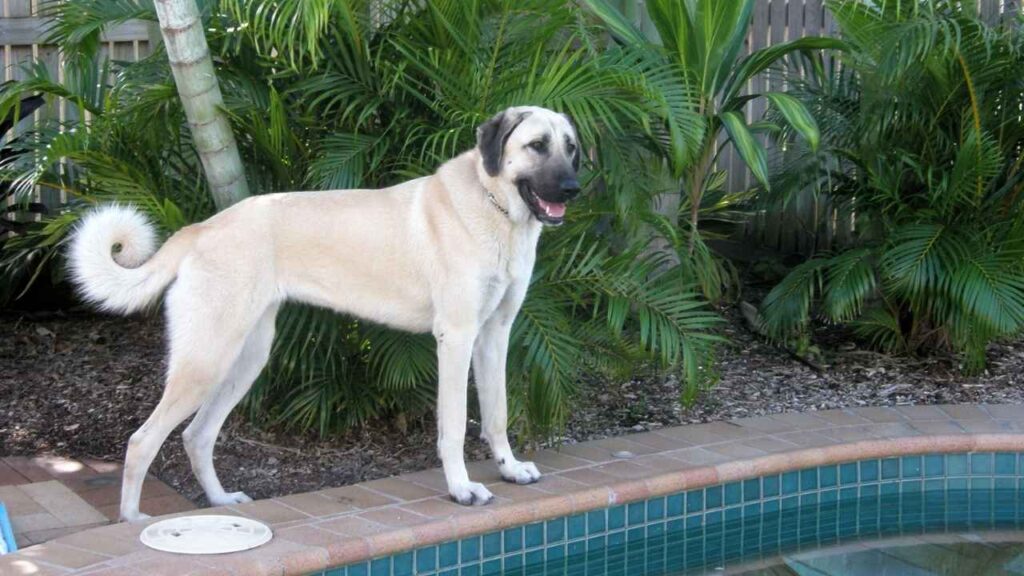
Reluctant to engage
The Caucasian Ovcharka shows even less interest in play; interactive toys barely register with it. You won’t see them leap after balls or bounce excitedly around. Instead, they quietly observe while others play, rarely breaking into anything energetic unless something triggers their guarding instinct.
Bond over presence
They’re not the best friend who wants to wrestle or roughhouse. What they do enjoy is simply being around their people, lounging in the yard, or slowly moving from one shady spot to another. Their activity is less about fun, more about quiet companionship.
Dietary Needs and Weight Management
Lean body, slow metabolism
Anatolian Shepherds maintain a trim build, but they require calorie-dense meals due to their slow metabolism. Overfeeding can cause bloating, especially in low-activity periods. Most healthy dogs don’t need strict schedules, but Anatolians benefit from controlled portions spaced throughout the day.
They’re not grazers or snackers—they eat to fuel long patrols or physical tasks. This breed doesn’t burn energy erratically, so feeding them like other breeds can easily lead to weight gain. Many experienced breeders recommend high-protein formulas with joint-supporting nutrients from puppyhood.

Heavy bones, different rules
Caucasian Ovcharkas are built differently—massive, thick-boned, and prone to gain weight fast if their meals aren’t tailored. A healthy adult requires fewer calories per pound than you’d expect. Their feeding plan must match their slow-moving lifestyle, not their size.
Too many treats or leftovers from the family table can cause more than just extra pounds—it affects mood and joint health, too. As a pet, the Ovcharka can’t be managed like typical healthy dogs.
Health Conditions and Lifespan
Hardy with hidden risks
Anatolian Shepherds are generally long-lived for their size, often reaching 11–13 years. But that doesn’t mean they’re immune to issues. Hip dysplasia, entropion (inward-turning eyelids), and bloat are the main conditions that need consistent monitoring.

Subtle signs, serious outcomes
This breed doesn’t show pain easily, making it harder for pet owners to catch early symptoms. Their independent nature can mask discomfort, especially joint-related. Routine checkups are essential for catching silent problems before they escalate.
Big frame, heavier risks
Caucasian Ovcharkas are more prone to joint degradation, particularly elbow and hip dysplasia. Lifespan typically falls between 10–12 years, but that depends heavily on exercise, balance, and joint support from an early age. Rapid growth in puppies can worsen bone issues.
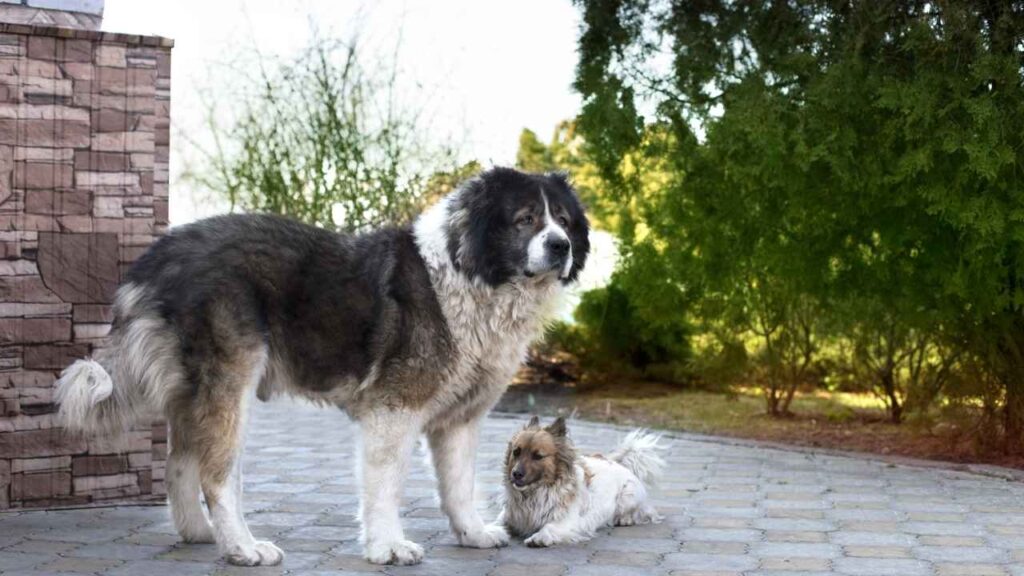
Resistant yet reactive
They’re known for their robust immune systems, but skin conditions and cardiac concerns aren’t uncommon, especially if neglected. Their thick double coat can hide infections or inflammation, so close inspection matters more than for many other large breeds.
Conclusion
The Anatolian Shepherd and Caucasian Ovcharka are two breeds shaped by centuries of service, not show. They weren’t designed to impress, but to protect livestock, sheep, families, and everything in between. Both come with real demands, but they also offer real rewards.
These dogs are not plug-and-play companions. Their instincts are deep. Their reactions are primal. Their sense of loyalty? Almost unmatched. Whether it’s a silent stand in a field or a tense stare down with unknown visitors, they act with purpose.
Their strong bite force is rarely seen, but always there if it needs to be. To bring out the best in them, start early: firm socialization, proper grooming, and a calm environment are key. They need freedom, but not chaos. Space, but not neglect. Devotion, but not coddling.


